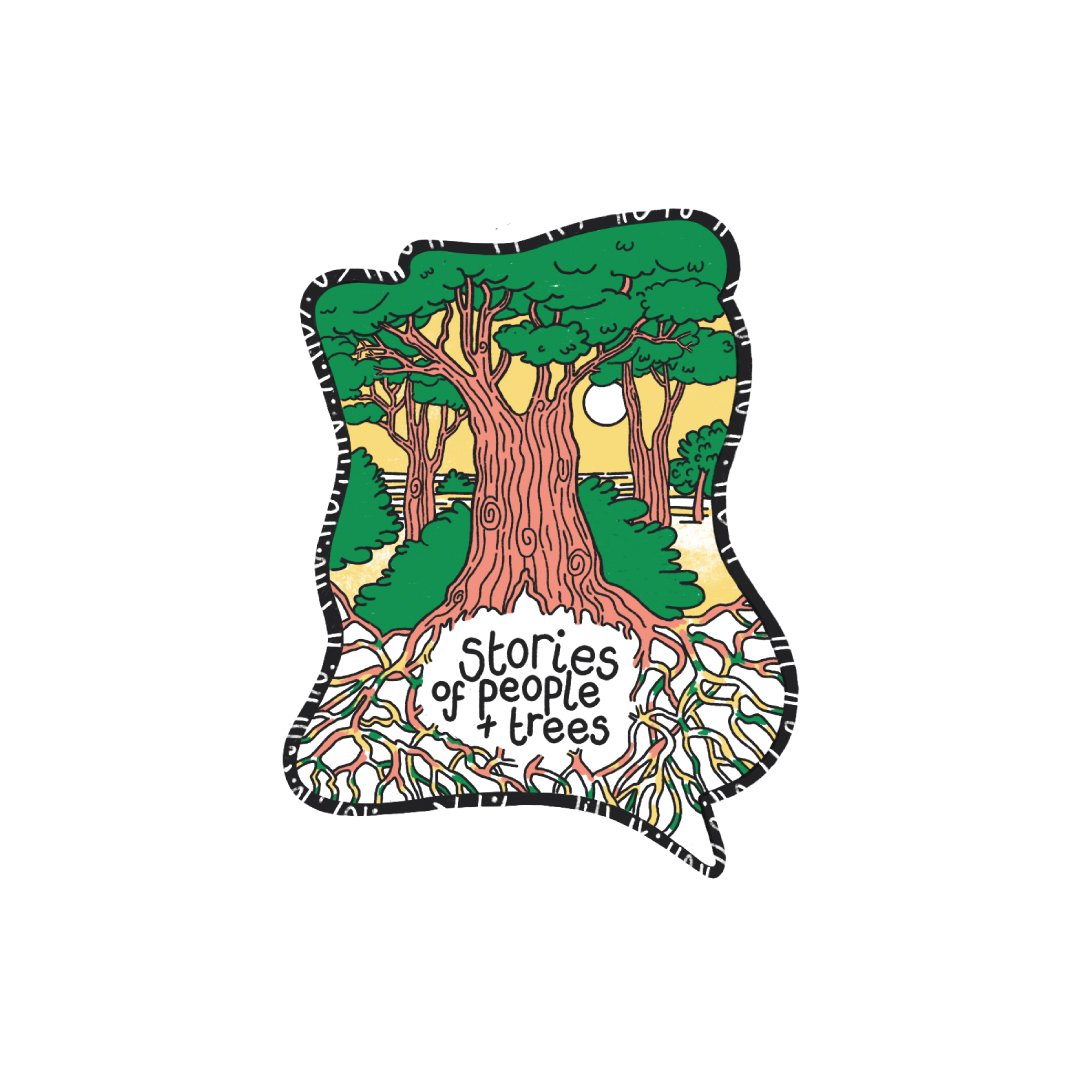John Muir and the Scots Pine - as seen by the tree photographer
Accompanied by ‘Scots Pine’, composed for solo cello by Rylan Gleave, performed by Jessica Kerr
Ken was a photographer for much of his career, and has kindly shared two of his images to illustrate his story. A keen climber and outdoors enthusiast, Ken’s story brings together his tree photography, his recovery from life changing injury, and his consequential learning and involvement with the life history of Scottish conservationist John Muir.
An evening silhouette of a Scot’s Pine (Pinus silvestris) in Glen Affric, near Inverness.
From the Woodland Trust: Common name: Scots pine - Scientific name: Pinus sylvestris - Family: Pinaceae
Origin: native
Scots pine is an evergreen conifer native to northern Europe. Mature trees grow to 35m and can live for up to 700 years. The bark is a scaly orange-brown, which develops plates and fissures with age.
The Scots Pine is a native Scottish tree - it is the Prince amongst Scottish forest for me, and this picture was taken as part of a Millennium Award Project to photograph ancient Scottish forests. One of the photographs for this project was exhibited in the Tate Modern and Lowry Galleries for the final Millennium exhibition.
Shortly after the end of this project I was taken into hospital for removal of a brain tumour which left me having to learn how to walk again. Because of my passion for rock climbing and the outdoors in general, whilst doing the YouTube thing during recovery I discovered the life of John Muir, born Dunbar Scotland 1838. Muir is affectionately known as the ‘Father of the Modern Conservation Movement’. He is a huge and widely known figure in USA but was not as widely known in Scotland at that time. I began a photographic project called ‘In the footsteps of Famous Scots’, an attempt to reconnect Scotland to an incredible global heritage (and move the dialogue beyond anti English sentiment).
I went to the USA In the footsteps of John Muir and exhibited this and other photographs widely; on Wall St three times, in the building where George Washington was invested as first President, in Theodore Roosevelt’s Presidential Library, at the Lake Erie boat Canal Museum, the Arsenal Gallery Central Park NY, and finally at John Muir’s house in California. This image has now been exhibited in Muir’s houses in California and Dunbar Scotland, and symbolises for me the powerful, singular and impressive person John Muir was; it also symbolises his Scottish roots, which he never forgot.
‘You can take the person out of Scotland, but not Scotland out of the person’.
The image below is of a Bristlecone Pine in the Inyo Mountains in California. It is part of the John Muir Exhibition series. This species of tree is amongst the oldest living things on the planet.
Bristlecone Pine (pinus longaeva) in the Inyo National Forest, USA.
Bristlecone pine, (species Pinus longaeva and P. aristata), either of two species of small pine trees belonging to the family Pinaceae.
The Great Basin bristlecone pine (P. longaeva) has the longest life span of any conifer and is likely the oldest non-clonal tree on Earth. Of the Rocky Mountain bristlecone pines (P. aristata), the oldest known individual is estimated to be over 2,480 years old.
The John Muir trust promotes access to and understanding of the great outdoors.


